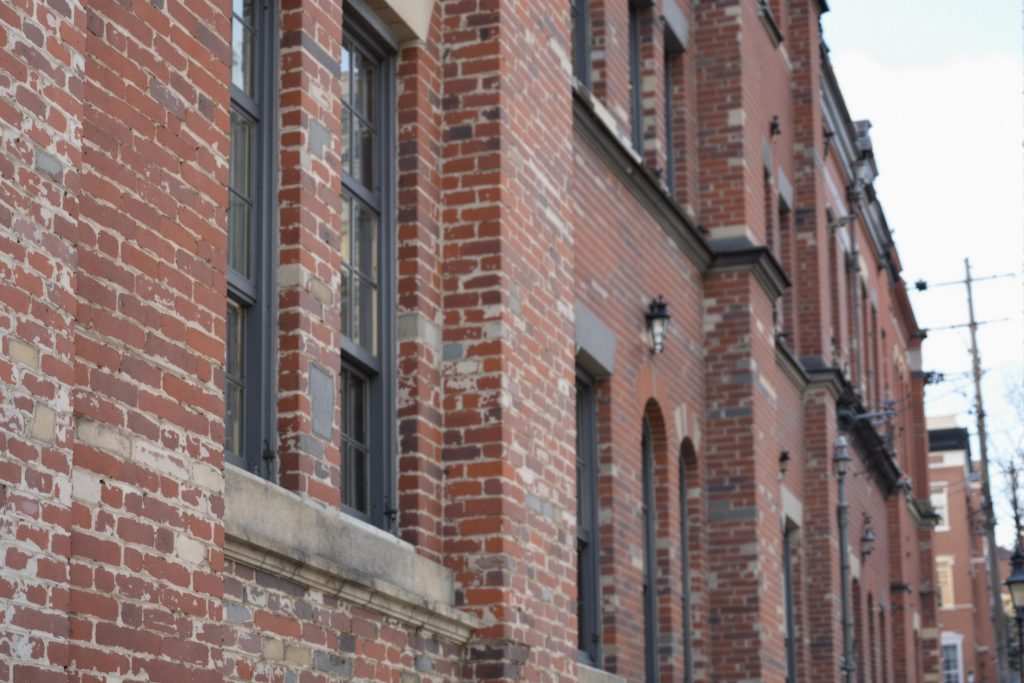
Philadelphia continued to grow through the 20th century, but like many industrial cities, it faced challenges. The decline of manufacturing in the mid-1900s led to economic struggles, and the city saw waves of suburban migration. However, Philly never lost its identity.
In recent decades, Philadelphia has experienced a major revival. Its food scene—especially cheesesteaks, soft pretzels, and the booming restaurant industry—has made it a foodie destination. The arts are thriving, with world-class museums, street murals, and live music everywhere. And, of course, the city’s sports fans remain as passionate (and rowdy) as ever.
Today, Philadelphia is a blend of old and new. You can walk the same cobblestone streets that Ben Franklin strolled while being surrounded by skyscrapers and modern businesses. It’s a city of deep-rooted tradition, yet it keeps evolving. Whether it’s the steps of the Art Museum made famous by Rocky, the Italian Market’s bustling energy, or a stroll along the Schuylkill River Trail, Philly remains a city with character, grit, and history at every corner.
Philadelphia doesn’t just remember history—it lives it.
Philadelphia is one of those cities where history isn’t just something you read about—it’s something you can see, touch, and walk through. From its colonial roots to its role as the birthplace of American democracy, Philly has always been at the heart of the action.
Philadelphia was founded in 1682 by William Penn, an English Quaker who envisioned it as a city of religious tolerance and freedom. Unlike other European settlements that grew chaotically, Penn planned Philadelphia carefully, designing a grid system that still defines the city today. He wanted it to be a “greene country towne,” with wide streets and plenty of open space. That vision has endured in places like Rittenhouse and Washington Square.
Fast forward to the 18th century, and Philly was booming. By the time of the American Revolution, it was the largest and most important city in the colonies. This is where the Founding Fathers gathered to debate and draft the Declaration of Independence in 1776 at Independence Hall. The Liberty Bell, cracked and all, became a symbol of freedom that still draws visitors from around the world.
The city also played a key role in the Revolutionary War. George Washington and his troops camped at nearby Valley Forge during the harsh winter of 1777-78, and Philadelphia itself was briefly occupied by the British. But the American spirit held strong, and Philly remained a crucial hub of the new nation.
After the war, Philadelphia became the first capital of the United States while Washington, D.C., was under construction. During this time (1790-1800), it was home to the first U.S. Congress and saw the ratification of the Bill of Rights. The city was also a leader in medicine, education, and science, with institutions like the University of Pennsylvania and the American Philosophical Society thriving.
By the 19th century, Philadelphia had transformed into an industrial powerhouse. It became a center for manufacturing, shipbuilding, and textiles. Immigrants from Ireland, Italy, and Eastern Europe arrived in waves, adding to the city’s diverse cultural fabric. This era also saw the rise of Philly’s famous neighborhoods—places like South Philly, Kensington, and Fishtown—that still carry the character of their working-class roots.
During this time, the city also played a major role in the abolitionist movement. Philadelphia had a strong free Black community, and it was a critical stop on the Underground Railroad. Leaders like Frederick Douglass and Harriet Tubman worked with local activists to help enslaved people escape to freedom.
HERE Philadelphia strives to provide the finest deals, products, and experiences in your local community. It’s all RIGHT HERE, and it’s all LOCAL.
If you notice something that you believe should be here, please let us know. And you’ll notice it soon HERE!
© Copyright 2025, HERECity.com